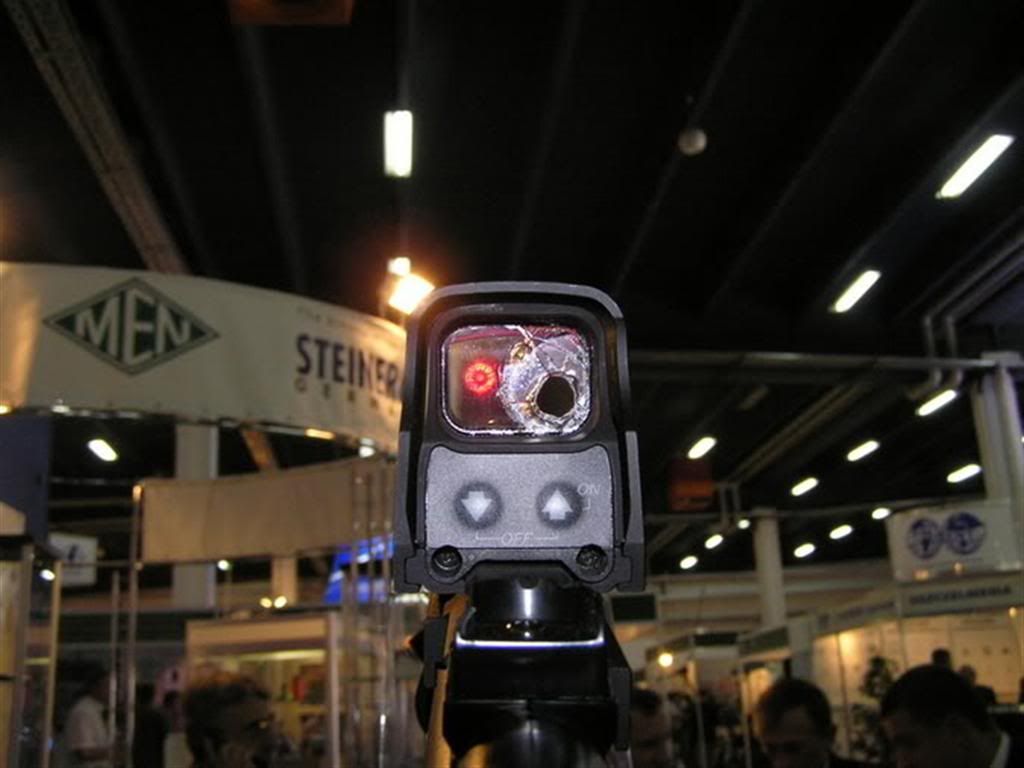Hmac wrote:After years of Eotechs and being satisfied with them, I bought an Aimpoint T-1 (4 MOA version). I never could warm up to it. One of the advantages of a red dot sight is accurately getting sight on target without relying on a consistent or careful cheek weld, but I found the T-1 with its 20 mm tube to make that more difficult. It's harder for me to pick up the dot quickly than it is with an Eotech, or an Aimpoint with 30 mm tube. Relative to the "tint" comment above...while the lens of an Aimpoint isn't tinted, there is a lens coating (a band pass coating necessary on a reflex sight) and I get some occasional weird internal reflections in some lighting conditions. Neither of those things are a problem for me on the other Aimpoints with their 30 mm tube.
In that regard I agree that the Eotechs have an advantage in their field of view. However, these sights are designed to shoot with both eyes open, so field of view relative to "situational awareness" is moot. However, I do find that with the smaller tube diameter of the micros, the field of view relative to quickly finding the reticle in a hasty weapon presentation to be problematic. I pretty stongly prefer the Eotech form factor to the Aimpoint micros. I prefer the 30 mm Aimpoint PRO to the Eotechs mainly because it's substantially lower cost, although I confess that the convenience of battery life (and possibly better reliability) is a nice bonus.
I was going to post some mathematical formals that would probably confuse you and your copy/paste information from wikipedia/arfcom. I'm glad I refrained from doing that and instead decided to drink some more beer. I'll also admit that I didn't quite like the prospect of using this forum to render mathematical symbols properly.
The EoTechs and most other holographic sights are completely parallax free. The only real parallax would come from imperfections in the flat diffusion/projection layer the laser diode image is projected upon, or the unparallel alignment of surfaces to each other . This is completely contrary to the reflex system used in red dot sights, along with the convex optics they utilize.
Completely different technologies, and completely different results as you've so eloquently outlined in your own post.


